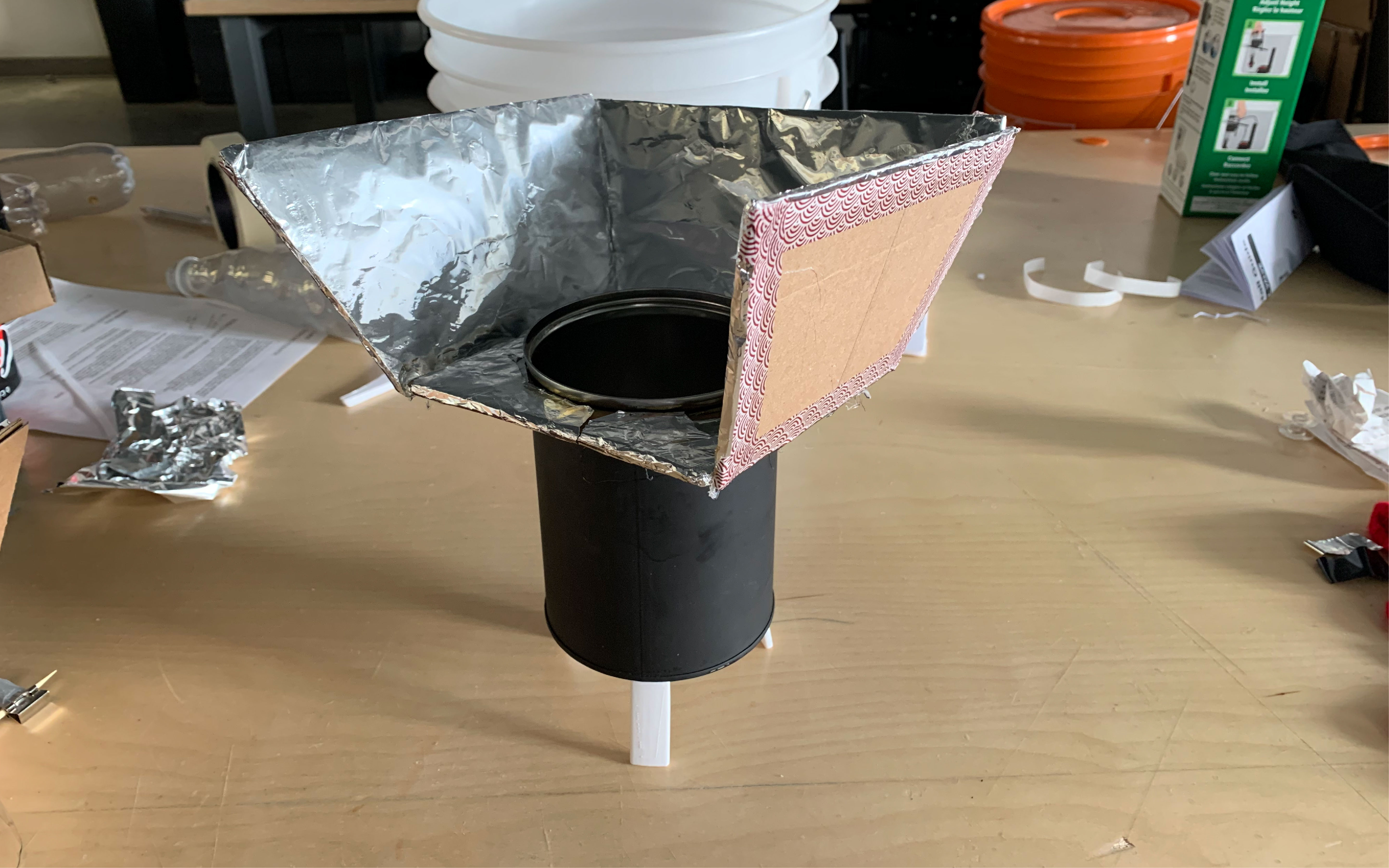After looking at the work behind keeping bees in Tanzania, I noted that a lot of money and effort went into processing the honeycombs. There were limited options for honey extraction tools, and the prevailing options were expensive and mechanically complex. I wanted to explore another way of achieving the same result, but simplified and less expensive.
I found that melting a honeycomb in its entirety would completely separate the honey and beeswax. due to their difference in density, the wax would float to the top of the honey and cool as a solid piece. Considering how abundant solar power is in Tanzania, I started to envision a solar wax melter.
























